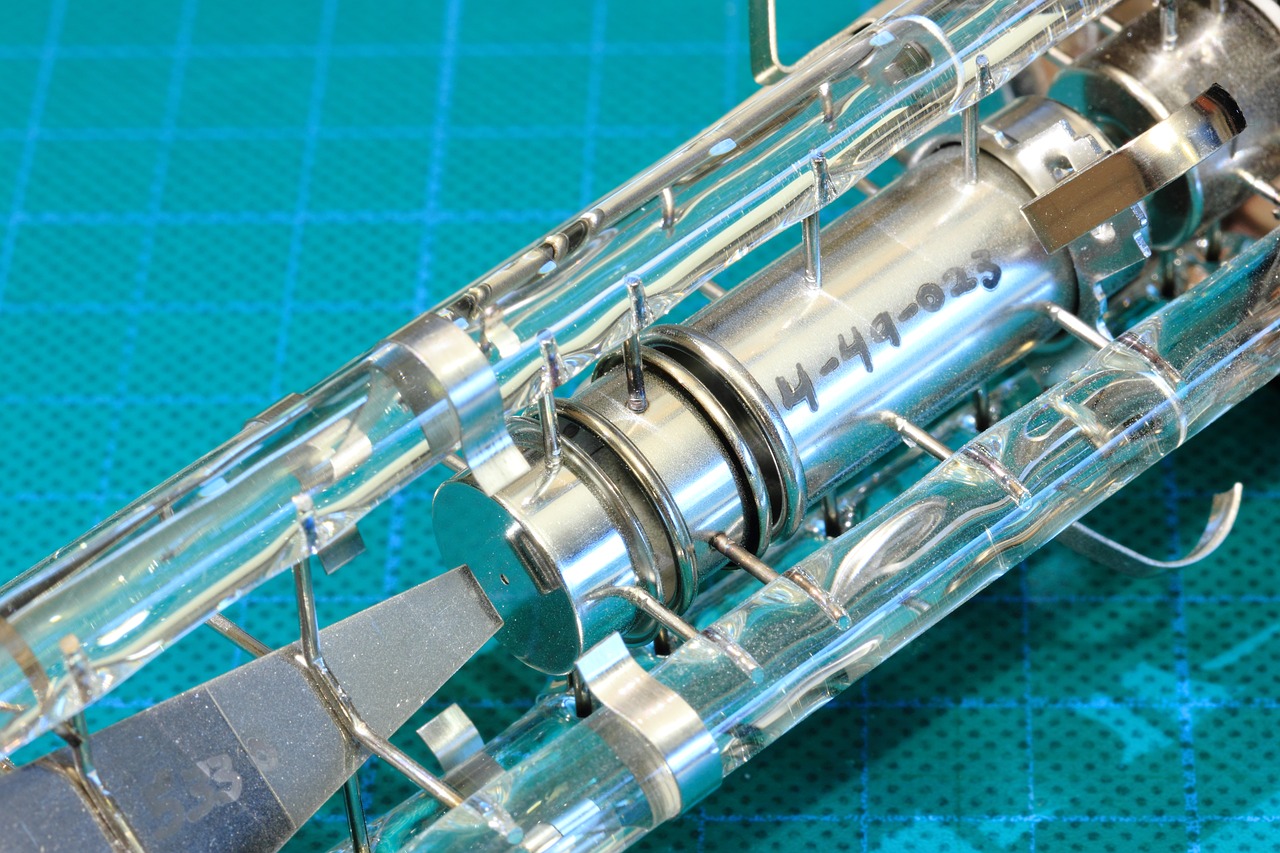
A number of different kinds of metals are used in modern industries. Due to their resilience and added durability, metals have largely replaced other products such as wood in a number of industries. The biggest example is that of shipbuilding. In the past, all ships were made out of seasoned wood. While wooden ships helped in the exploration of the globe and were used to connect different countries through sea routes, they were certainly not as sturdy as their metal counterparts today. Wooden ships were also limited by their size; the bigger the ship, the more fragile it would become. That was due to the different panels of wood that would need to be connected together. Naturally, wooden ships were unable to weather big storms on the sea and there have been countless cases when ships were lost to the sea in storms and heavy waves.
One of the major problems that many shipbuilding companies had to face was regarding protection against corrosion. Most metals are exposed to corrosion and tend to lose their integrity over time as the surface begins to corrode. In the shipbuilding industry, this is a very important factor, especially when you consider the fact that ships are almost always submerged in water and have to travel across the globe. Even a small leak could lead to a major problem and can eventually cause the ship to sink. That is why shipbuilding organisations have to take a number of steps to protect the metal surface against corrosion.
Cathodic Protection
One of the key processes that is carried out to protect the underside of the ship from corrosion is cathodic protection. Cathodic protection in Singapore is generally done on almost all kinds of ships nowadays and is a much better option than sacrificial anode systems. The reason why ship owners prefer cathodic protection is because it significantly reduces the costs of fuel as well as maintenance on the ship.
How Does it Work?
The system is actually pretty simple; it supplies a specific amount of DC current to the submerged surface on the ship with the help of mixed metal oxide anodes as well as zinc reference electrodes. The electrical current is monitored and regulated by a proprietary system in order to prevent galvanic corrosion from beginning due to the electrochemical actions. For almost a quarter of the century, the impressed cathodic protection systems have been used by ship owners in place of the more expensive sacrificial anode systems. It offers continuous protection against electrolysis and significantly increases the life of a number of components that are otherwise affected by this process. The propellers, struts, shafts, and rudders will yield a dramatically longer life with the help of the cathodic protection system. Depending upon the size of the vessel, the costs of carrying out the process will vary. It’s done in a private shipbuilding yard to ensure maximum effectiveness and precision to cover the entire surface.
Leave a Reply